Based on our experience, the best towing vehicle is either a full-size 4x4 ute or wagon with a turbo-diesel engine and automatic transmission.
But as the law gets more and more concerned with overloaded vehicles (particularly those towing) we’d also throw a light truck or two into the mix if you regularly tow heavy loads and also need plenty of payload.
And if we had to nominate a cut-off point to make this list, we’d have to say that vehicles with a 3.5-tonne towing capacity make the cut, the rest don’t.
With kerb weights between 2.0-3.0 tonnes and wheelbases of around 3000mm, these 3500kg towing capacity vehicles provide the heavy, sure-footed anchorage needed for high towing capacity with good control.
Their high-torque diesels are also tailor-made for this role with excellent pulling power and better fuel economy than petrol engines, combined with intelligent automatic transmissions that save you a lot of stick-and-pedal work and offer the convenience of sequential self-shifting when required.
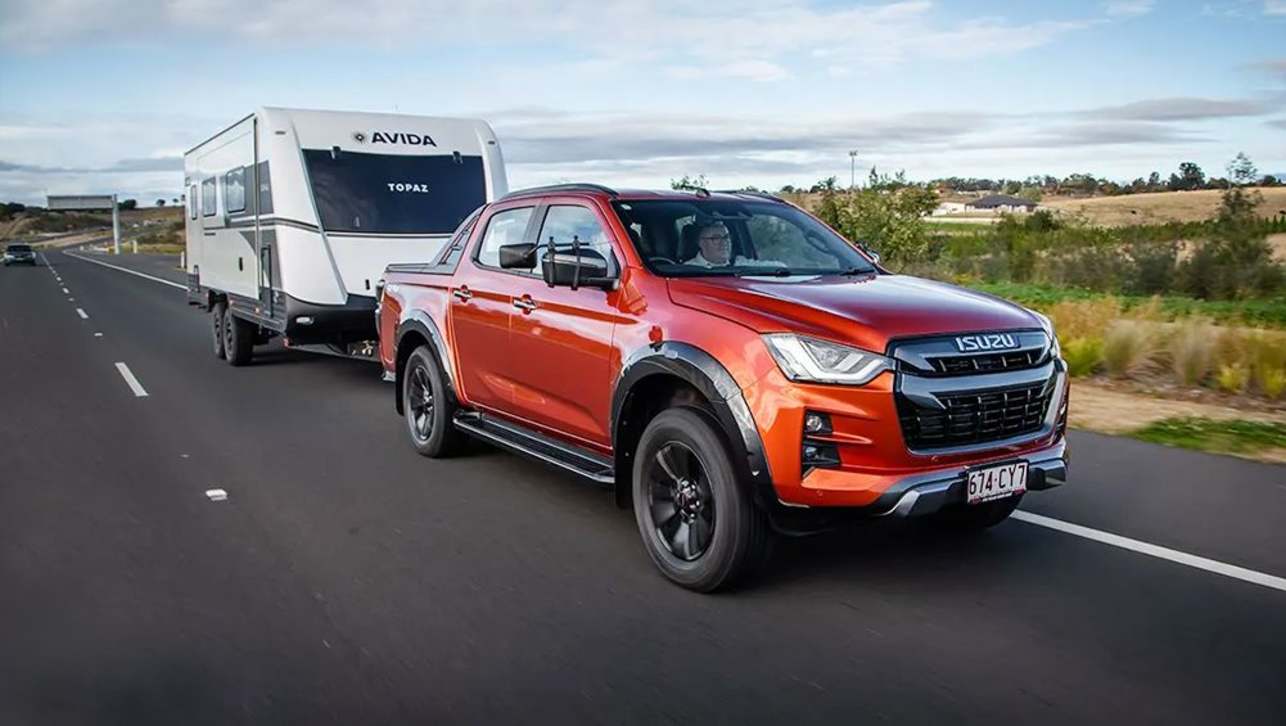
Even the light trucks fall into this category these days with automated manual transmissions that are also very easy to drive.
No matter what you're towing, be it a caravan, horse float or trailer, large engines provide a more low-stressed towing experience than smaller ones (but there are exceptions) so go for the largest cubic capacity you can.
It's also crucial to know if the maximum tow-ball download rating will suit your towing requirements and to be aware that tow-ball download (generally up to 350kg) is included in your vehicle's GVM when towing.
You should also bear in mind that towing is a real case of horses for courses. What is the best vehicle for towing a caravan in Australia on a once-a-year vacation basis, may not be the best vehicle for towing a bobcat and trailer day in, day out.
Essentially, don’t forget the other attributes beyond simply towing ability when it comes to make your choice.
Remember also that the shorter the distance between rear axle and tow-ball the greater the towing stability, so measure carefully and compare.
.jpg)
Other features to look for are a trailer sway control function in the vehicle's stability control system and a reversing camera with guidelines that make easy work of lining up your tow ball and trailer.
We acknowledge there are numerous other 4x4 utes and wagons that are also very capable tow vehicles which have not been included in this list.
Our selection is based on vehicles we’ve actually driven of late. That’s why we welcome your feedback in the comments section below. Let us know why you think other makes and models are just as worthy of inclusion and why.
That way we and other CarsGuide readers can benefit from your knowledge, which in effect extends the list of vehicles worthy of consideration for towing duties.
So here's our prime selection of mid-spec models with sets of numbers that are desirable for towing.
And please note, prices listed are based on the Manufacturer's Suggested Retail Price (MSRP)
Best 10 Vehicles for Towing
- 01. Toyota LandCruiser 300 Series - Maximum braked towing capacity: 3500kg
- 02. Ford Ranger - Maximum braked towing capacity: 3500kg
- 03. Mazda BT-50 XT - Maximum braked towing capacity: 3500kg
- 04. Toyota HiLux SR5 - Maximum braked towing capacity: 3500kg
- 05. Isuzu D-Max LS-M - Maximum braked towing capacity: 3500kg
- 06. RAM 1500 Express - Maximum braked towing capacity: 4500kg
- 07. Nissan Patrol Ti - Maximum braked towing capacity: 3500kg
- 08. Toyota LandCruiser 70 Series - Maximum braked towing capacity: 3500kg
- 09. Ford Everest - Maximum braked towing capacity: 3500kg
- 10. Isuzu N-Series - Maximum braked towing capacity: 3500kg
- 11. Honourable Mentions
01. Toyota LandCruiser 300 Series - Maximum braked towing capacity: 3500kg
.jpg)
The all-new 300 Series LandCruiser had some mighty big boots to fill. The 200 Series was a much-loved model thanks partly to its brawny 4.5-litre turbo-diesel V8 engine.
The new 300 Series has a smaller, V6 engine of just 3.3 litres, but power and torque are significantly increased over the V8, along with a smaller thirst for diesel.
Much of what made the 200 Series so popular with towers was carried forward to the 300, too. The coil-sprung suspension at each end ensures good comfort as well as great off-road ability, and the vehicle retains plenty of kerb mass (still more than 2.5 tonnes) and the same wheelbase as the superseded Cruiser to ensure its towing credentials haven’t been watered down.
Although the 300 Series’ GVM of 6750kg is a little down on the 200’s, that still leaves a decent amount of payload even with the full 3.5 tonnes of caravan or boat hitched to the tow-bar.
From: $89,181
Toyota Land Cruiser

Based on Manufacturer's Suggested Retail Price (MSRP)
02. Ford Ranger - Maximum braked towing capacity: 3500kg

Ford’s Aussie-designed Ranger has always been a big hit with the towing fraternity, largely because of the grunty five-cylinder turbo-diesel offered in the first one. But these days, Ford’s all-new Ranger offers an even bigger stick in the form of a new (to the Ranger) turbo-diesel V6 engine option.
Even though the V6 is actually 200cc smaller than the old five-cylinder engine, it packs a bigger punch with 184kW of power (versus 147) and a full 600Nm of torque (vs 470).
The rest of the new Ranger is a big improvement on what went before, too, with better dynamics and safety as well as more refinement than ever before.
It’s also clear that Ford’s locally-based designers understood the demands of a tow vehicle and there’s plenty of electronic assistance built into the vehicle - including an integrated trailer brake controller, trailer blind-spot monitoring and trailer sway control, among other features - to make towing easier and safer.
Heck, the Ranger even has a decent payload with the full 3.5 tonnes hooked up to the tow-bar, no matter the engine fitted. This is probably the best tow vehicle Australia has ever designed.
From $36,380
Ford Ranger
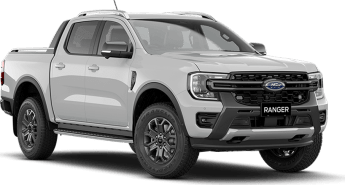
Based on Manufacturer's Suggested Retail Price (MSRP)
03. Mazda BT-50 XT - Maximum braked towing capacity: 3500kg
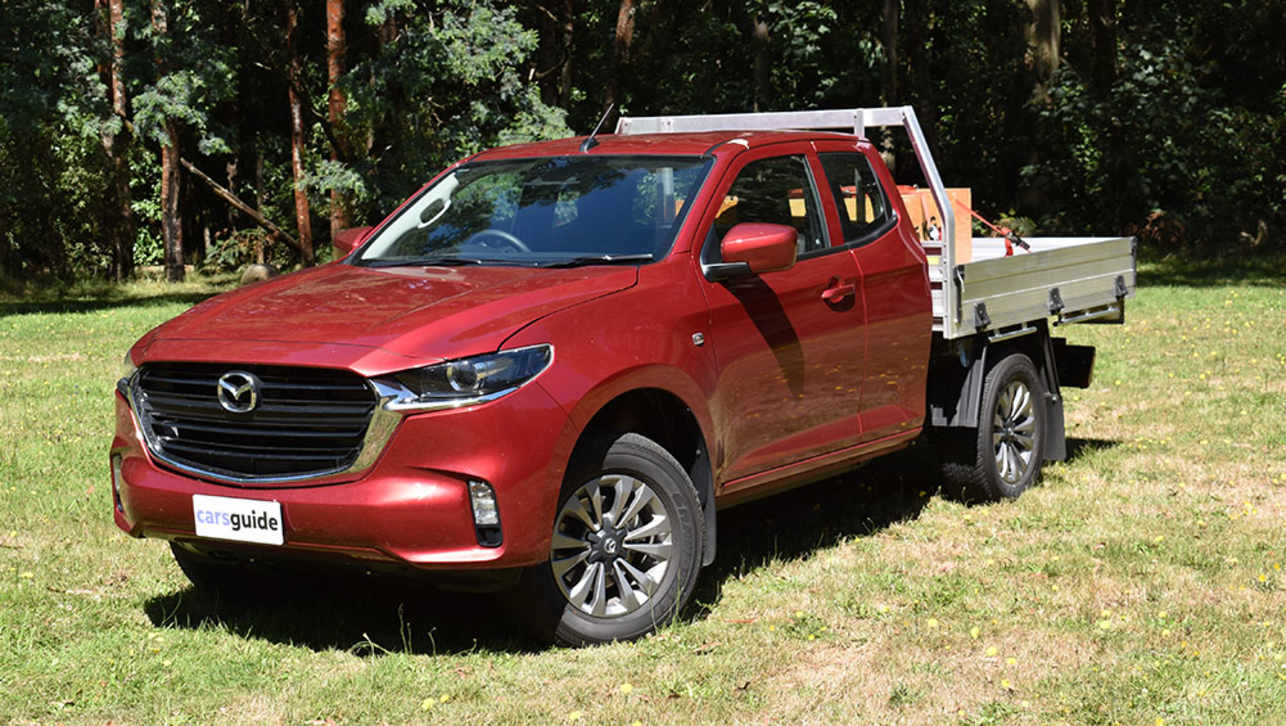
Although it doesn't have the technical upgrades of the Ranger, it still has the same turbo-diesel engine.
While the Mazda BT-50 used to be a Ford Ranger under the skin, with the new model Mazda, it’s an Isuzu D-Max with which it shares its DNA. However, that’s not a problem for those wishing to use the car as a tow rig, as the fundamentals are sound in either case.
While, on paper, the BT-50 appears to have gone backwards slightly in the move to Isuzu underpinnings, the 3.0-litre four-cylinder turbo-diesel with its 140kW of power is still a force to be reckoned with.
In fact, that’s the Mazda’s (and the Isuzu’s) major selling point; tough, rugged, simple engineering that has gained a huge reputation in the field.
The only catch is that the cheapest BT-50, the XS, while also available as a 4x4 dual-cab pick-up has a smaller engine with 110kW and 350Nm, well short of the XT’s 3.0-litre unit, and has a reduced 3000kg towing limit as a result.
From $51,160
Mazda BT-50

Based on Manufacturer's Suggested Retail Price (MSRP)
04. Toyota HiLux SR5 - Maximum braked towing capacity: 3500kg

It sounds like a pretty outrageous statement, but when you travel through remote, outback Australia, anybody you see driving anything but a Toyota is likely to be a tourist.
That’s the sort of buyer loyalty Toyota has managed to build up over the years, and the HiLux ute has been one of the major contributors.
While the HiLux ute franchise copped a bit of a beating a few years ago with DPF problems, Toyota has been working hard at improving things and the latest facelift seems to have indeed been an improvement.
There’s actually nothing startling about the way the HiLux drives and works day-to-day. But for tradies who rely on their vehicle and anybody else who values a reputation for going the distance and the retained value that brings, is drawn to the Toyota.
Power is 150kW and torque is 420Nm; neither are class-leading figures. Neither is the six-speed automatic transmission when compared with the new Ranger’s 10-speed unit.
And yet the HiLux gets the job done and the SR5 seems like the sweet spot specification-wise.
The major downside is a relatively low GCM (5850kg) which means towing the full 3500kg leaves you with just a couple of hundred kilos of payload.
From $59,930
Toyota HiLux
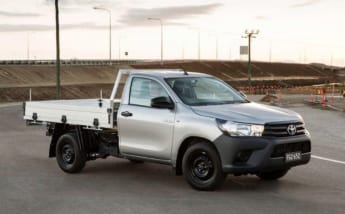
Based on Manufacturer's Suggested Retail Price (MSRP)
05. Isuzu D-Max LS-M - Maximum braked towing capacity: 3500kg

Isuzu’s D-Max line-up has always traded on its reputation for toughness. The fact that it’s brand-aligned with the super-successful range of Isuzu light trucks doesn’t harm its stocks either, and is a big reason for its sales success, which shows no sign of slowing down.
While the D-Max definitely puts substance over style, that’s precisely what fleet managers and tradies who know about down-time want.
A bit like the Toyota HiLux, really, the D-Max is about getting the job done rather than impressing your mates, but that’s okay with us and anybody else who knows about towing.
Speaking of which, the Isuzu is available in a base-model variant with a 1.9-litre turbo-diesel, but that layout robs it of the last 500kg of towing capacity of its 3.0-litre stablemate.
Along with the bigger engine, you also want the six-speed automatic, but even with that lot and the dual-cab body, the SX version of the D-Max starts at just over $52,000, so it’s one of the more affordable big boys.
From $52,200
Isuzu D-Max

Based on Manufacturer's Suggested Retail Price (MSRP)
06. RAM 1500 Express - Maximum braked towing capacity: 4500kg
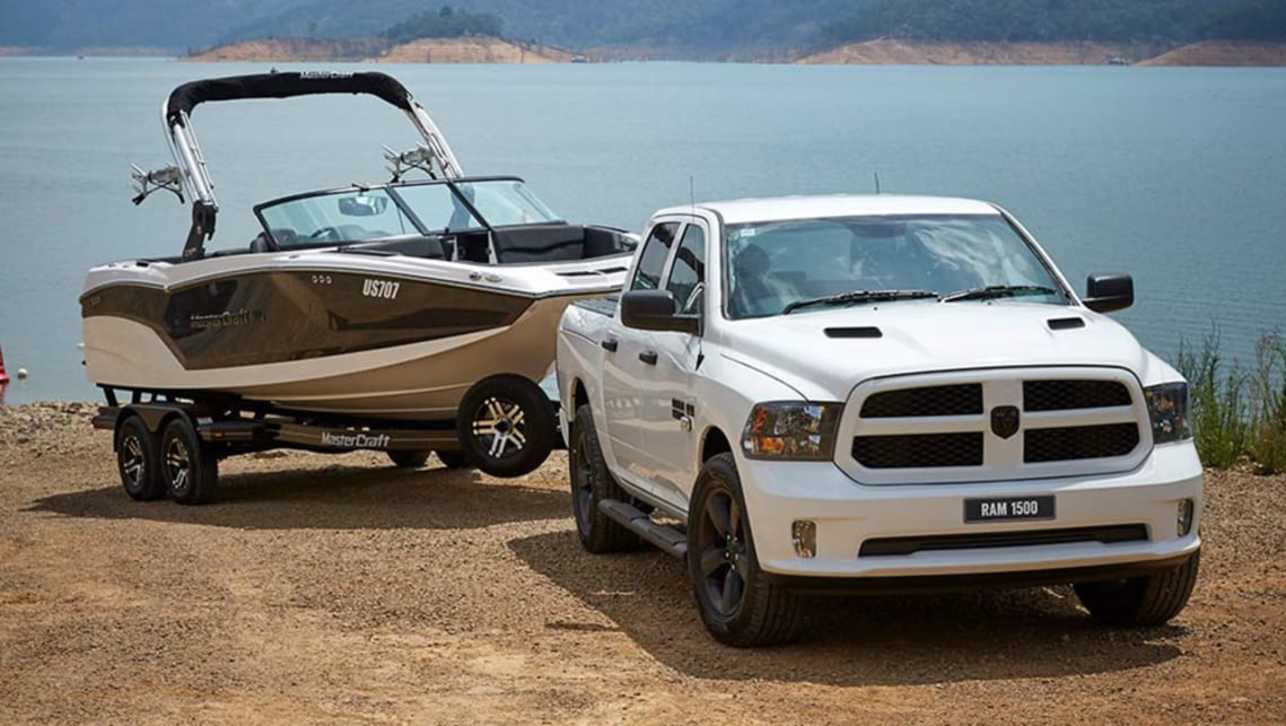
The 3577kg Ram Laramie 2500 4x4 has a maximum towing capacity of 6942kg (braked). Yep, you read that right.
The US-made RAM trucks must be a copywriter’s dream. Along the lines of: When you’ve finishing messing about with toys…
Not only are the RAM utes seriously huge bits of kit, they have an equally large appetite for hauling things around. The best value way into the RAM party is the 1500 Express which gets you a 5.7-litre petrol V8 with 291kW and 556Nm of torque teamed to an eight-speed automatic. You also get all-wheel-drive with low-range and the dual-cab body.
Towing? Glad you asked because the braked limit is a massive 4500kg which the Thai-built dual-cab diesels just can’t hope to match. Bear in mind, though, that with all that towing capacity in use, the payload falls away sharply.
Downsides? Not too many unless you’re a timid driver/parker. At which point, the sheer bulk of the RAM might put you off a little.
It easily fills a conventional parking bay and can take some acclimatisation when reversing down a driveway you once thought was a generous width. And yes, with an official fuel consumption number of 12.2 litres per 100km, the RAM likes a drink.
In value terms, however, it claws back a bit and when you consider that it’s more than possible to spend $90,000 on a dual-cab ute these days, the RAM’s ask doesn’t look so bad.
From $82,950
Ram 1500

Based on Manufacturer's Suggested Retail Price (MSRP)
07. Nissan Patrol Ti - Maximum braked towing capacity: 3500kg

Nissan’s long-lived Patrol is another of the small group of cars that buck the turbo-diesel trend and emerge as great tow-cars with a petrol engine.
Of course, it doesn’t hurt that the petrol unit in the Patrol is a brawny 5.6-litre V8, complete with 298kW of power and 560Nm. It sounds good and pulls hard.
Although it was first seen more than a decade ago, the basic Patrol package has been quietly refined over that time with Nissan quietly chipping away to remove all the crooked edges and dodgy gaps.
And the result is quite amazing. Now with a seven-speed automatic transmission and low-range gears, the Patrol is a great example of how refinement can be achieved with patience and lots of small improvements rather than huge leaps in technology.
Speaking of technology, the age of the platform meant that the Nissan was a bit late to the driver-aids party, but that’s been addressed now with autonomous emergency braking, rear cross-traffic alert and forward collision warning systems available. (Digital radio is still not, however).
The bottom line? The Patrol is a supremely comfortable vehicle to live with as well as hauling a trailer with the best of them.
From $82,160
Nissan Patrol
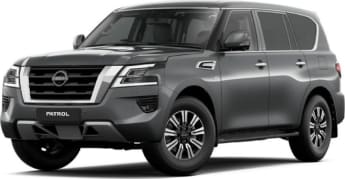
Based on Manufacturer's Suggested Retail Price (MSRP)
08. Toyota LandCruiser 70 Series - Maximum braked towing capacity: 3500kg
.jpg)
It’s been around longer than the printing press (or so it seems) yet Toyota’s 70 Series workhorses still have lots of appeal, to the point where demands has been seriously outstripping supply lately.
It’s difficult to recommend a 70 Series Cruiser on the basis of safety, technology or comfort and convenience, but for hauling a load, they don’t come much better.
One of the big drawcards for the 70 is its 4.5-litre turbo-diesel V8 engine which has gained a legion of rusted-on fans around the world.
But there’s also plenty of choice in layout including single and dual-cab utes, the evergreen Troop Carrier and the arguably more versatile 76 Series station wagon (with five doors instead of the Troopy’s three).
Off-road, these vehicles are about the best in the business, so they’re a popular choice for those who tow in challenging conditions like in remote areas or muddy worksites.
The only real downside is the lack of an automatic transmission option and the fact that the standard five-speed manual gearbox doesn’t respond well to towing big loads in top gear.
From $69,000
Toyota Landcruiser 70 Series

Based on Manufacturer's Suggested Retail Price (MSRP)
09. Ford Everest - Maximum braked towing capacity: 3500kg
.jpg)
Like the Ranger ute on which it’s based, the Ford Everest was replaced last year with an all-new model that is winning lots of friends for its refinement, dynamics and safety.
But the even better news is that the Everest now has a 3500kg towing limit, departing the list of cars that could tow 3000kg and no more.
That earlier car, though based on the Ranger, used a coil-sprung rear suspension to make for a better ride for any of its seven occupants.
And while the new model has stuck with that seating capacity and that suspension layout, Ford’s engineers have made it work with the higher towing limit.
The 3.5-tonne limit is across the Everest board, too, including the two-wheel drive, four-cylinder diesel versions. Our pick, however, would be either the Sport of Platinum models which feature all-wheel-drive, a rear diff lock for greasy boat ramps or wet campgrounds and the effortless performance of the 3.0-litre V6 turbo-diesel engine.
This V6 has been around for quite a while now, but the Ford installation is pretty much spot on with good performance and high levels of refinement.
From $52,990
Ford Everest
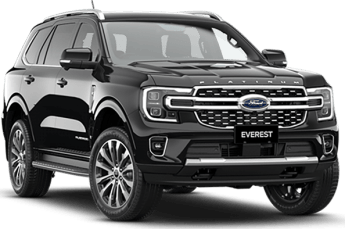
Based on Manufacturer's Suggested Retail Price (MSRP)
10. Isuzu N-Series - Maximum braked towing capacity: 3500kg

While the towing capacity might be the same as a dual-cab ute, the Isuzu range of light trucks can really make the job easier and less hassle.
That’s because you’re buying a truck, not a ute, and there’s simply more margin in terms of the engineering and structural solidity of a truck. You can also tow that maximum load and still have a useable payload remaining for the tray.
That’s because the NLR truck weighs about the same as a dual-cab ute, but has a GCM of 8000kg versus nearer to 6000kg for a ute.
Isuzu offers its light truck range with either a 3.0-litre or 5.2-litre turbo-diesel engine and a choice of manual or automatic transmission.
Cleverly, the brand also offers work-ready bodies from tippers to service bodies, giving it an edge over some competitors who leave it to the buyer to arrange for the body they need.
No truck licence? No problem. In Australia, trucks like the Isuzu with a 4.5-tonne GVM can be driven on a car license and the tight turning circle and great visibility make it easier than you might think.
Yes, you’ll need a big parking space and the Isuzu doesn’t have the weekend warrior appeal of a dual-cab ute, but for towing and hauling gear at the same time, a light truck makes more sense than ever.
From $55,676
Isuzu NLR

11. Honourable Mentions
The Mitsubishi Triton GLS's 2900kg GVM allows for a 970kg payload and its 5885kg GCM requires only a small 115kg reduction in that peak payload to legally tow up to 3100kg, which is a practical compromise.
However with a kerb weight of 1950kg it's also comparatively light in this company and its prominent rear overhang results in quite a stretch between rear axle and tow-ball resulting in what feels like a slight pendulum effect in yaw movement at times. The 2.4 litre turbo-diesel is a willing performer, though, in what is a competent and good value all-rounder.
You may well scoff that the Nissan Patrol Ti 'only' offers a big petrol-powered V8 but the gargantuan Y62 Patrol packs a set of numbers that deserves serious comparison with the LC200 as a luxury tow vehicle. It's wider and longer overall with a heavier 2700kg kerb weight and 225mm longer wheelbase (3075mm), all controlled by Nissan's brilliant 'Hydraulic Body Motion Control' (HBMC) active suspension system. This advanced platform provides rock-solid stability, huge interior space and a superior 785kg payload. It matches the LC200's 3500kg maximum tow rating but the Patrol's higher 3500kg GVM results in a benchmark 7000kg GCM. Making all of these big numbers possible is a state-of-the-art DOHC 32-valve 5.6 litre V8 with 298kW, and more importantly, 560Nm of torque, most of which is on tap from as low as 1600rpm. Doesn't mind a drink, but in the real world so do diesels at this weight level.
Bigger engines are generally better for towing but the latest Navara ST is an exception. The smooth, quiet, responsive and powerful 2.3 litre four-cylinder diesel with sequential twin-turbocharging is the jewel in the Navara's crown. Its excellent fuel economy under load is matched by a bountiful 450Nm of torque on tap from a very low 1500-2500rpm. However, to tow its 3500kg maximum requires a sizeable payload reduction of 500kg to stay within the 5910kg GCM. Its generous 3150mm wheelbase is only 70mm shorter than the big Ranger/BT-50 twins with a similar distance between rear axle and tow ball ensuring a stable platform for its 2910kg GVM and 3500kg tow rating. It also bucks ute tradition with a coil-sprung rear end primarily to improve ride quality when empty, but under load the rear squats more than traditional leaf-sprung rears and the nose noticeably rises in response.
Original words by Bill McKinnon published 21 January 2013
You'll only see one petrol model in this top 10 list of towing vehicles. A diesel is infinitely more suited to dragging a load around.
It's got more of that all-important commodity called torque (otherwise known as "grunt'' and measured in Newton metres) and the fuel bills won't kill you. The ideal towing combo is diesel/automatic/all-wheel drive.
Always give yourself plenty of leeway on weight limits and keep within the crucial Gross Combination Mass (GCM). This is the all-up weight of your vehicle, trailer, your gear, fuel and you. Car companies will often argue a warranty claim that's a result of towing; the GCM, which you'll find in the handbook, is the first figure they'll use as evidence.
Here are the top models for towing:
Subaru Forester 2.0D

The Forester's 2.0-litre turbo diesel is matched only with a six-speed manual, geared tall to maximise fuel efficiency, so you'll have to use the stick early and often. However 350Nm from just 1600rpm is more than enough to haul its maximum rated trailer weight of 1600kg.
Constant all-wheel drive, self-levelling rear suspension and a hill holder, which works in forward and reverse, are also useful. You can have the same drivetrain, in a bigger wagon, in the Outback. It's rated to pull 1700kg.
Suzuki Grand Vitara DDIS

This is a rare beast -- a fair dinkum 4WD in a compact package -- with low-range gearing, locking centre diff and a separate steel frame chassis, so it's got the hardware to tow up to 2000kg through tougher conditions, including rugged off-road country, than any high-range only SUV.
The 1.9-litre turbo diesel has 300Nm at 2000rpm. It's as slow as Tuesday, and the five-speed manual isn't exactly the slickest shifter around, but you're towing, so what's the hurry?
Land Rover Freelander2 TD4

There's the usual quality and reliability caveat that comes with any Land Rover test, but the base Freelander2 TD4 is a cracker to drive, with 420Nm of grunt and great fuel economy from its 2.2-litre turbo diesel. It will pull up to 2000kg with ease.
Six-speed manual is standard; a six-speed auto adds $2300. Hill descent control, adjustable traction control for various surfaces, a full-size spare and high clearance make the Freelander a much more versatile, capable wagon than its poncy German brand rival.
Ford Falcon

Every man and his uncle used to tow the van behind a Falcon. If you're prepared to cop the fuel bills, the mighty 4.0-litre petrol six, with 391Nm of grunt, will do the job without fuss. The EcoLPi gas engine produces 409Nm, so it won't be bothered by a load either.
The Falcon sedan and ute -- which has a robust live axle/leaf spring rear end -- will tow up to 2300kg with the optional factory load-levelling kit. The standard factory towpack gives you up to 1600kg with the six-speed automatic.
Mitsubishi Pajero

If you're after a big seven-seater turbo diesel, the Pajero is the best value going around. Its 3.2-litre four produces a solid 441Nm at 2000rpm, which is 31Nm more than the Prado's 3.0-litre, and it works nicely with the five-speed automatic.
It can run in 2WD or 4WD, high or low range, and will go just about anywhere, especially with the optional rear diff lock. The Paj is rated to pull three tonnes, but that's with only 180kg towball download. If you're pulling 2.5 tonnes or less, this increases to 250kg.
Jeep Grand Cherokee

This is great value for money, especially the $50,000 base Laredo 3.0-litre V6 turbo diesel. It produces big grunt 550Nm -- and is bolted to a five-speed automatic with a dual-range transfer case. OK, it's a Fiat engine, but they're a lot more reliable than they used to be. So they reckon.
It's rated to tow up to 3500kg, with a maximum towball download of 350kg. So is the 5.7-litre V8. Unless your name begins with "Sheikh," take the diesel.


.jpg)



.jpg)
 copy.jpg)
.jpg)

.jpg)
.jpg)
.jpg)
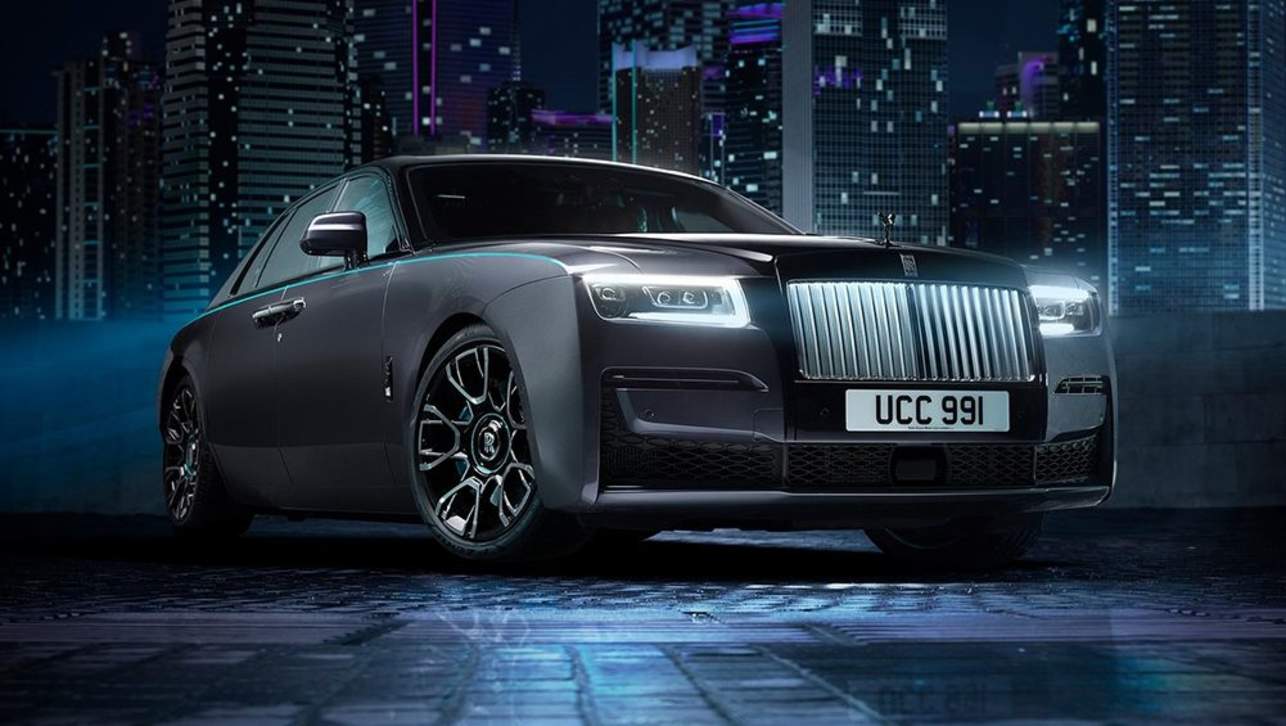

.jpg)


.jpg)
.jpg)
.jpg)
.jpg)
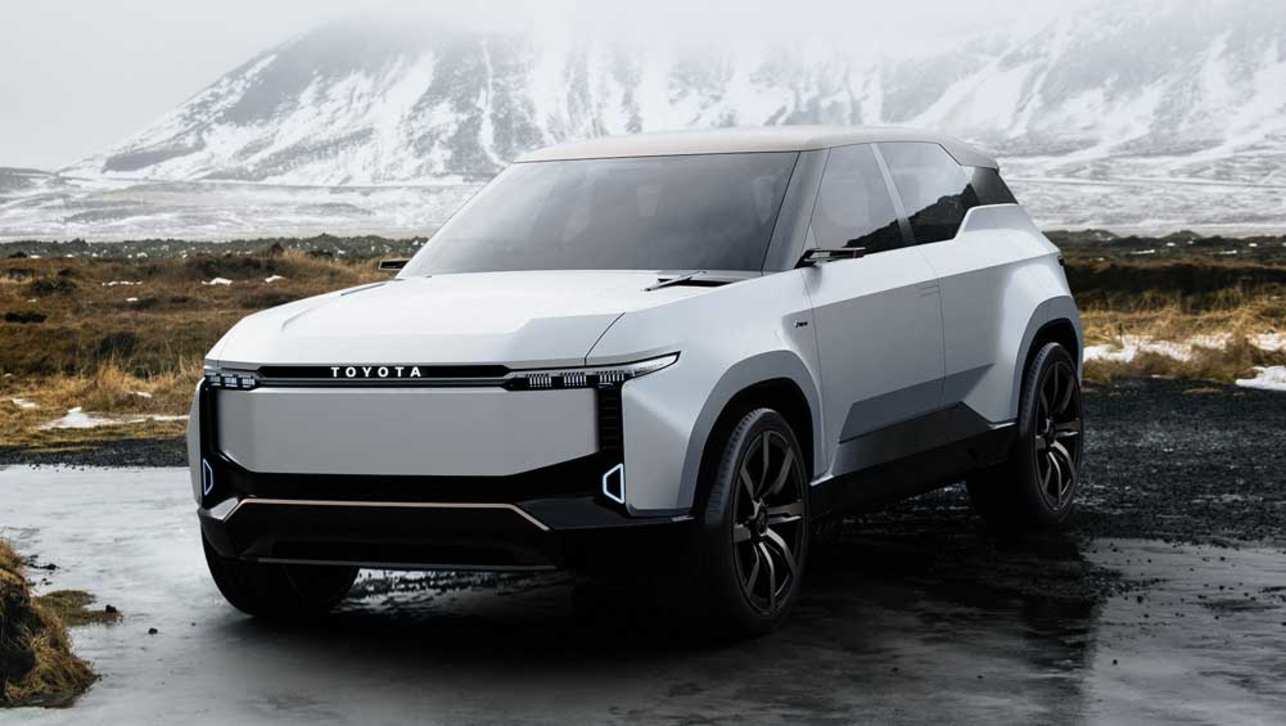
.jpg)




.jpg)
Comments